Soft Dinner Rolls rolls
Ever dream of pulling apart a pillowy, cloud-like dinner roll, still warm from the oven? Those perfect, melt-in-your-mouth rolls aren’t just a bakery fantasy. With a little know-how, you can bake up your own batch of incredibly soft dinner rolls that will impress everyone at your table. Let’s dive into the secrets of making them!
The Magic of Soft Dinner Rolls
Soft dinner rolls are a classic comfort food, perfect for holidays, special occasions, or even just a cozy weeknight dinner. But what makes them so irresistible? It’s all about the texture: airy, light, and incredibly tender. We’re going to break down the key ingredients and techniques that will help you achieve that perfect, soft bite every time.

The Right Flour Matters
The foundation of any good bread, including soft dinner rolls, is the flour. While all-purpose flour will work in a pinch, bread flour will give you a slightly chewier, more structured roll. For the *ultimate* in softness, consider using pastry flour or even cake flour in a small proportion of the recipe. These lower-protein flours create a more tender crumb.

Liquid Gold: Milk, Butter, and Eggs
Forget water! For truly soft rolls, you’ll want to use milk (or even buttermilk!) for the liquid. The milk adds richness and helps to tenderize the dough. Butter, of course, is essential for flavor and adds to the soft texture. Eggs contribute to the richness and create a more tender crumb. Don’t skimp on these ingredients!
- Milk: Provides moisture and richness.
- Butter: Adds flavor and tenderness.
- Eggs: Contribute to richness and structure.

The Secret Ingredient: Tangzhong (Water Roux)
Want to take your soft dinner rolls to the next level? Try incorporating a tangzhong, also known as a water roux. This technique involves cooking a portion of the flour and liquid (usually water or milk) together before adding it to the rest of the dough. The pre-gelatinized starch allows the flour to absorb more liquid, resulting in a softer, moister roll that stays fresh longer. King Arthur Baking has a great explanation of this technique.

The Yeast: Activation and Proofing
Yeast is what makes your rolls rise! Make sure your yeast is fresh. If using active dry yeast, proof it by dissolving it in warm water (around 110°F) with a pinch of sugar. Let it sit for 5-10 minutes; it should become foamy. This indicates that the yeast is alive and active. Whether using active dry or instant yeast, proper proofing is essential for a light and airy final product.

Kneading for Softness
Kneading develops the gluten in the flour, which gives the rolls their structure. Don’t over-knead, though! Over-kneading can result in tough rolls. Aim for a smooth, elastic dough that springs back slightly when poked. A stand mixer can be a helpful tool here, or you can knead by hand on a lightly floured surface.

Proofing: Patience is Key
After kneading, let the dough rise in a warm, draft-free place until doubled in size. This first proofing is crucial for developing the flavor and texture of the rolls. Once the dough has doubled, gently punch it down and shape it into rolls. Place the rolls in a greased baking dish and let them proof again until nearly doubled in size. This second proofing is what gives the rolls their light and airy texture.

Baking to Golden Perfection
Bake the rolls in a preheated oven until golden brown and cooked through. The internal temperature should be around 200°F. Brush the tops with melted butter immediately after removing them from the oven for extra shine and flavor. These soft dinner rolls are best enjoyed warm!

Conclusion: Your Journey to Soft Rolls Starts Now
Baking soft dinner rolls from scratch might seem daunting at first, but with these tips and tricks, you’ll be well on your way to creating bakery-worthy rolls in your own kitchen. Remember the importance of quality ingredients, proper proofing, and a little bit of patience. Now, go forth and bake some incredibly soft, delicious dinner rolls that will bring smiles to your table! Consider pairing your freshly baked rolls with a hearty soup or stew for the ultimate comfort meal. You can also find other great recipes here (internal link to hypothetical related articles section).
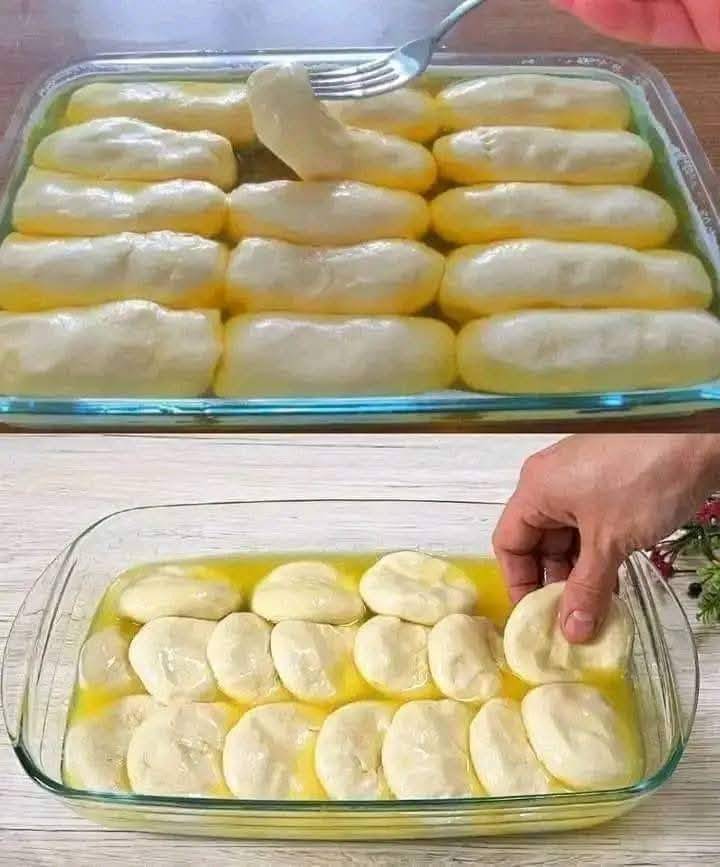


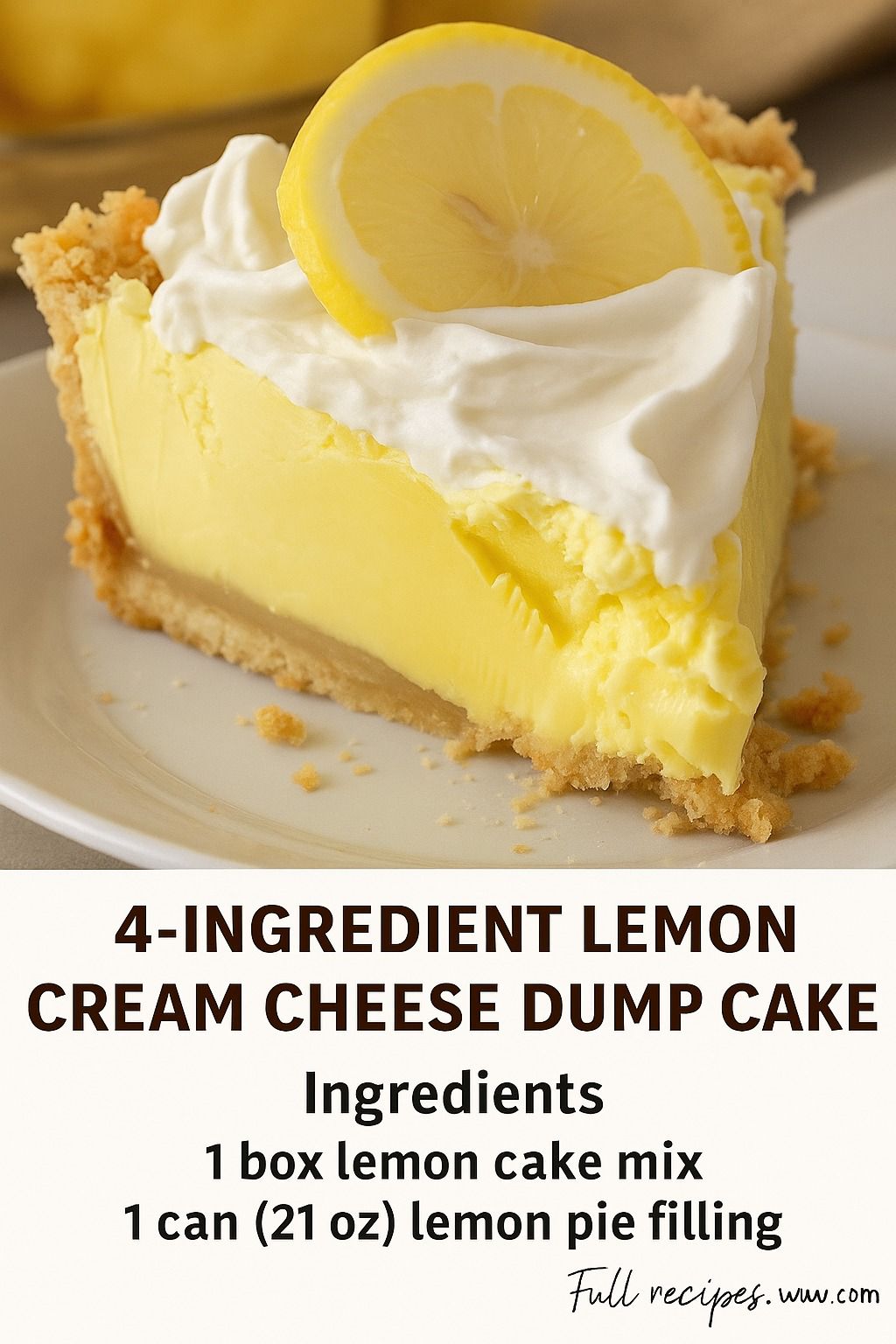


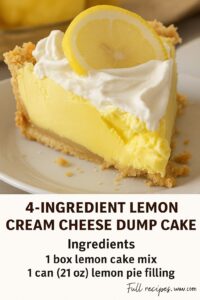
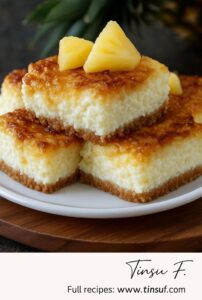
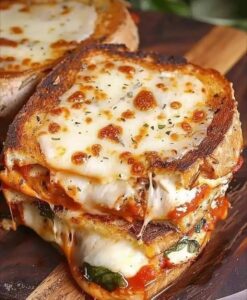



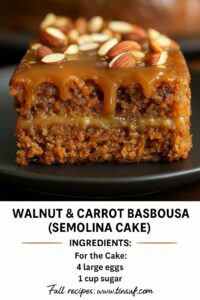
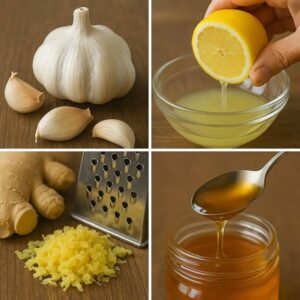
Post Comment